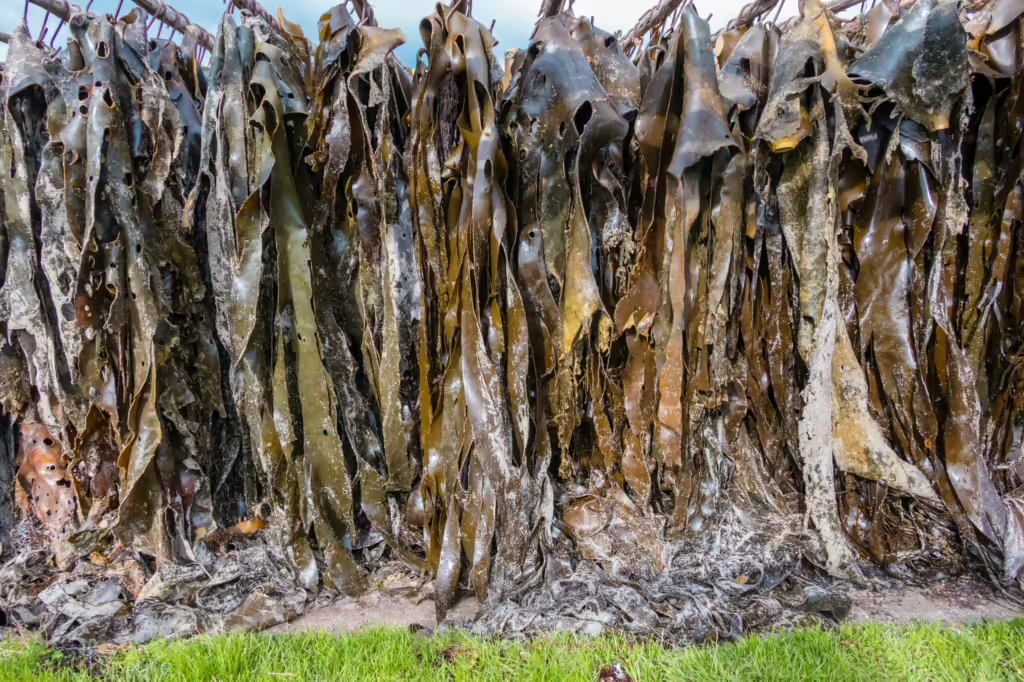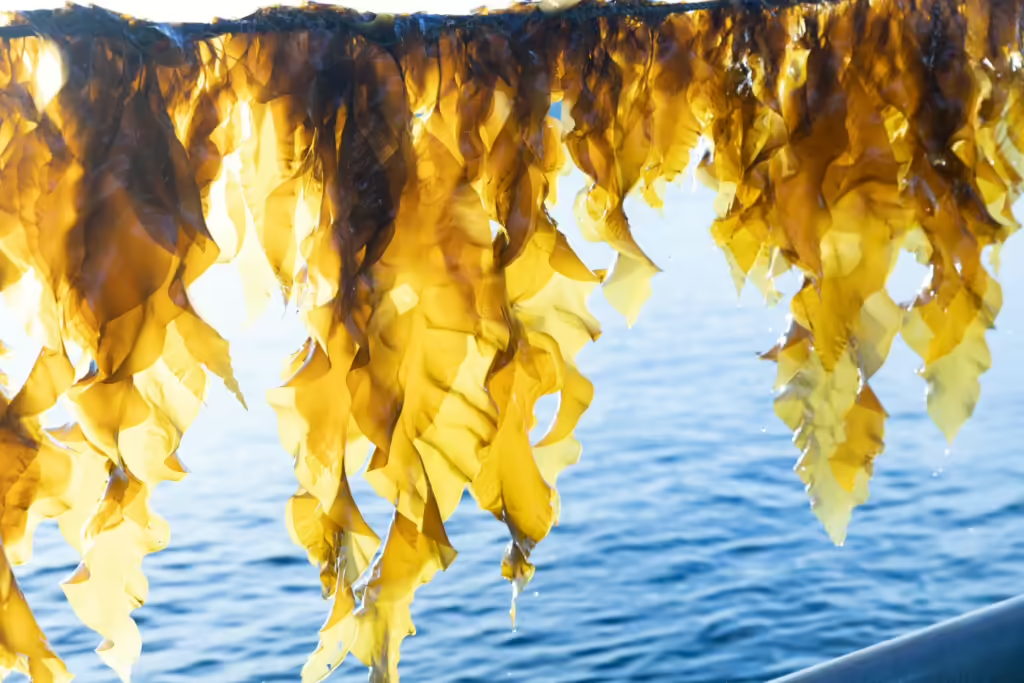Kelp Farming
Preserving Marine Ecosystems Through Seaweed Farming
An astonishing 98% of the world’s seaweed production comes from farms. This practice plays a crucial role in preserving our ocean and coastal ecosystems, offering a sustainable solution as we seek to nurture and protect our natural environments.
The Growth and Benefits of Seaweed
Seaweed farming stands out due to its low impact and high efficiency. It requires no fertilizers, pesticides, freshwater, or land, making it a uniquely sustainable form of agriculture. Seaweed matures quickly, with some species ready for harvest in just six weeks, acting as an underwater forest that absorbs carbon, nitrogen, and phosphorus. This not only helps combat climate change but also purifies the waters and creates vital habitats for diverse marine species.
Nutritional and Industrial Applications
The global production of seaweed has surged to over 35 million tons, more than doubling in the past decade. Rich in minerals, amino acids, and iodine, seaweed serves various purposes—from nutrition in human and animal diets to uses in medicine, beauty products, biofuels, and even eco-friendly packaging.

Leading Producers and Emerging Markets
While China, Indonesia, and the Philippines are currently leading in seaweed production, interest is rapidly growing in other regions such as Canada, the United States, Chile, and Europe. This expansion indicates a growing recognition of seaweed’s potential benefits and applications across different industries.
Kelp Farming Techniques
The process of farming seaweed begins with the cultivation of spores in a lab, where they attach to twine wounds on spools. These spools are initially placed in nursery pools to encourage early growth. After 30 to 60 days, the developing seaweed is transferred to the farm, supported by a system of anchors, mooring lines, and buoys that provide structure and buoyancy. Harvesting can occur just a few months later, emphasising the efficiency of seaweed farming.
A Closer Look at a Local Farm
Cascadia Seaweed, partnered with SȾÁUTW̱ (Tsawout) First Nation, showcases the potential of local aquaculture in sustainable practices. Their ȽEKES (edible seaweed) farm, located in the Cordova Channel near P’AQwƎČ (James Island), is a prime example of community and environmental synergy.
Kelp farming is not just about producing seaweed; it’s about fostering an environment where marine life can thrive while also addressing food security, environmental sustainability, and economic development. As this industry grows, it will continue to play a crucial role in our journey towards a more sustainable future for our planet and its oceans.
